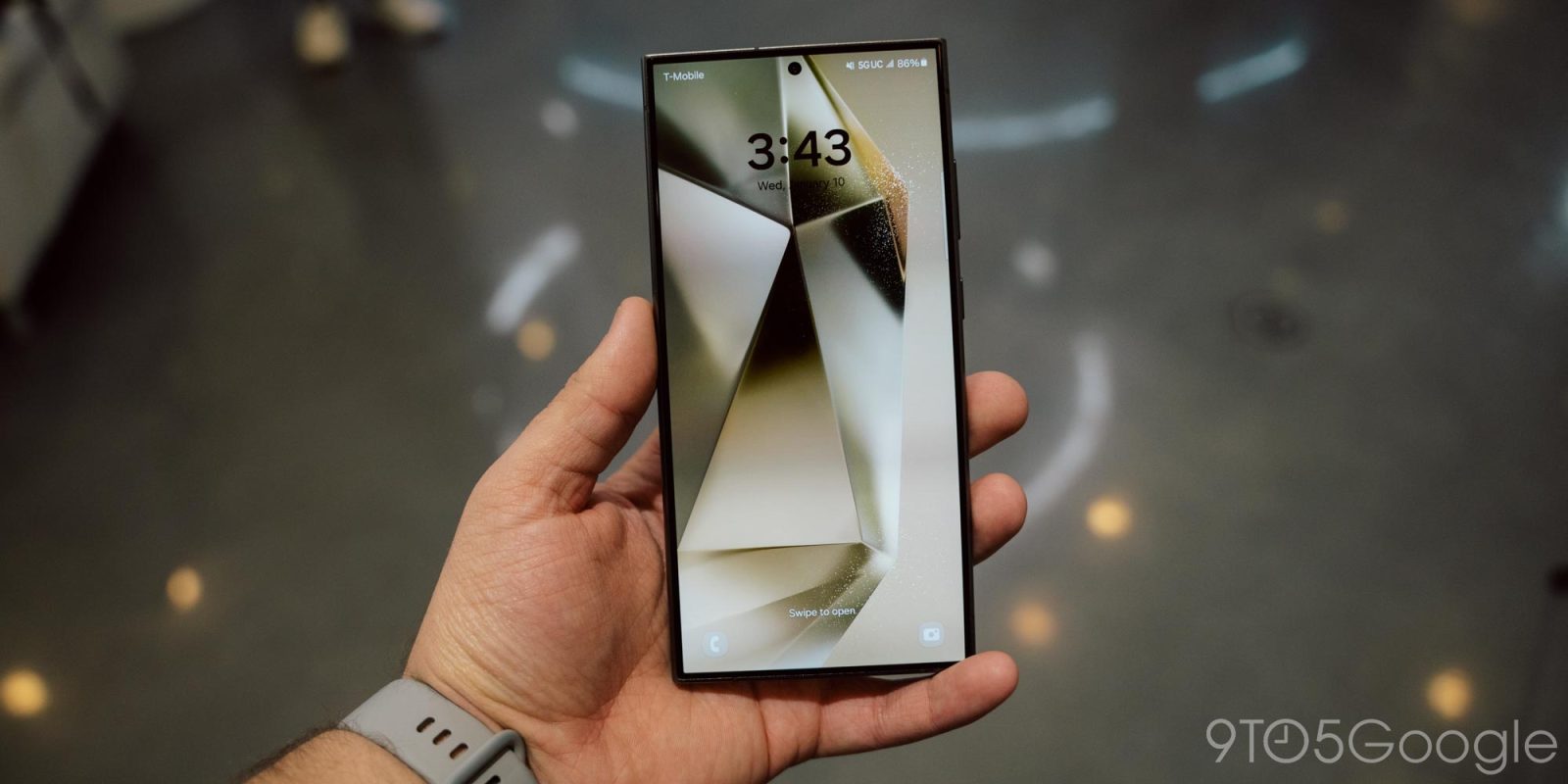
Samsung makes killer displays for its Galaxy phones, but for a while now they’ve been a bit behind on one lesser-known, but important metric. But, finally, on the Galaxy S24 series, Samsung has boosted the PWM refresh rate of the display.
First things first, what is the PWM refresh rate?
On virtually any OLED display, the “pulse width modulation” refresh rate is used to trick the eye into seeing the display as brighter or dimmer. OLED displays do get less bright, but only to a certain point. PWM is used to fill the gap. This tends to happen more at lower brightness settings, but on some devices, it can happen even at higher brightness settings.
This effect is why you can sometimes see “banding” in photos or videos of OLED displays, even though this effect is usually invisible to the naked eye. But, for some users, this effect can actually be a bad thing, causing eye strain or even sickness. It doesn’t affect most people, but everyone has a different tolerance.
For those who are affected negatively by PWM, a higher refresh rate tends to help. That’s why a lot of Android phones from China have been helpful, as many brands have been pushing their rates into the thousands while many phones sold from more popular brands can be in the low hundreds.
Samsung has been one of the brands on the lower end, with last year’s Galaxy S23 Ultra having a PWM rate of just 240Hz. But, as Android Central has spotted, Samsung has quietly but greatly increased that rate this year. On the Galaxy S24 Ultra, the PWM refresh rate has more than doubled to 492Hz. That’s also higher than the iPhone’s currently 480Hz refresh rate which applies to all releases since the iPhone 13 series.
Samsung’s higher PWM rate also applies to all three Galaxy S24 series devices, and it’s the first time in recent memory that Samsung has upgraded this particular spec.
Of course, Samsung’s rate here is much lower than some other Android brands. The OnePlus 12, for example, comes in at 2160Hz. But, it’s also better than some others. The Pixel 8 Pro, for example, is currently at 246Hz following a software update, but seems to be using some other method of avoiding problems for the PWM sensitive as Android Central’s Nick Sutrich brought out last year.
Either way, it’s a step in the right direction. A higher refresh rate won’t be noticeable for most people, but for those sensitive to it, the change is a big deal.
The Samsung Galaxy S24 series is available for pre-order now, starting at $799. Pre-orders come with doubled storage, boosted trade-ins up to $750, and bonus credit up to $150.
You can get an additional $50 off your purchase on Samsung.com using our exclusive links above.
More on Samsung:
- Hands-on: The Galaxy S24 Ultra’s titanium is good, but the flat display is all that matters
- Samsung’s Galaxy S24 camera processing may have changed, resulting in softer images
- Here are all of Samsung’s new Galaxy AI features [Gallery]
Follow Ben: Twitter/X, Threads, and Instagram
FTC: We use income earning auto affiliate links. More.



Comments